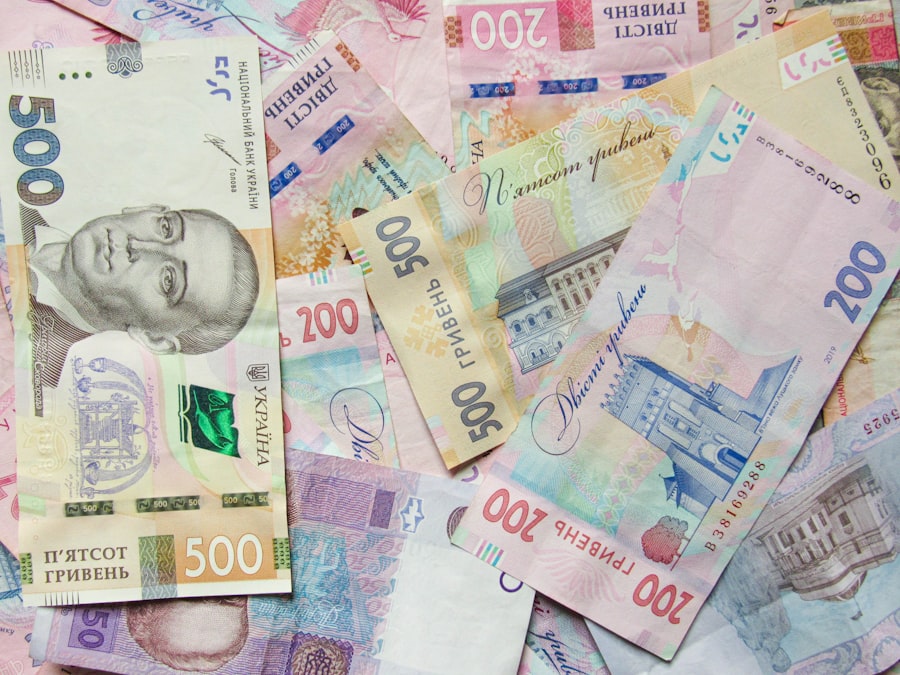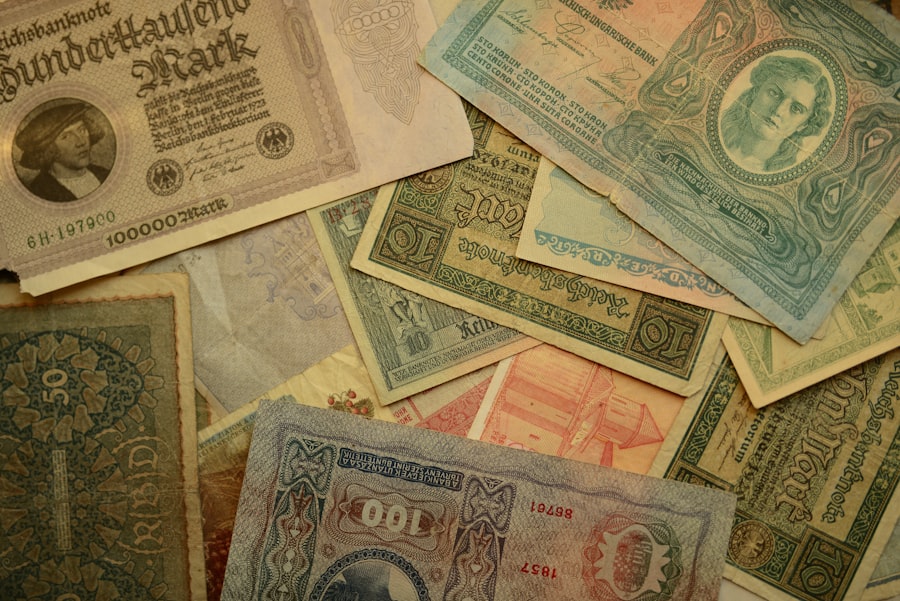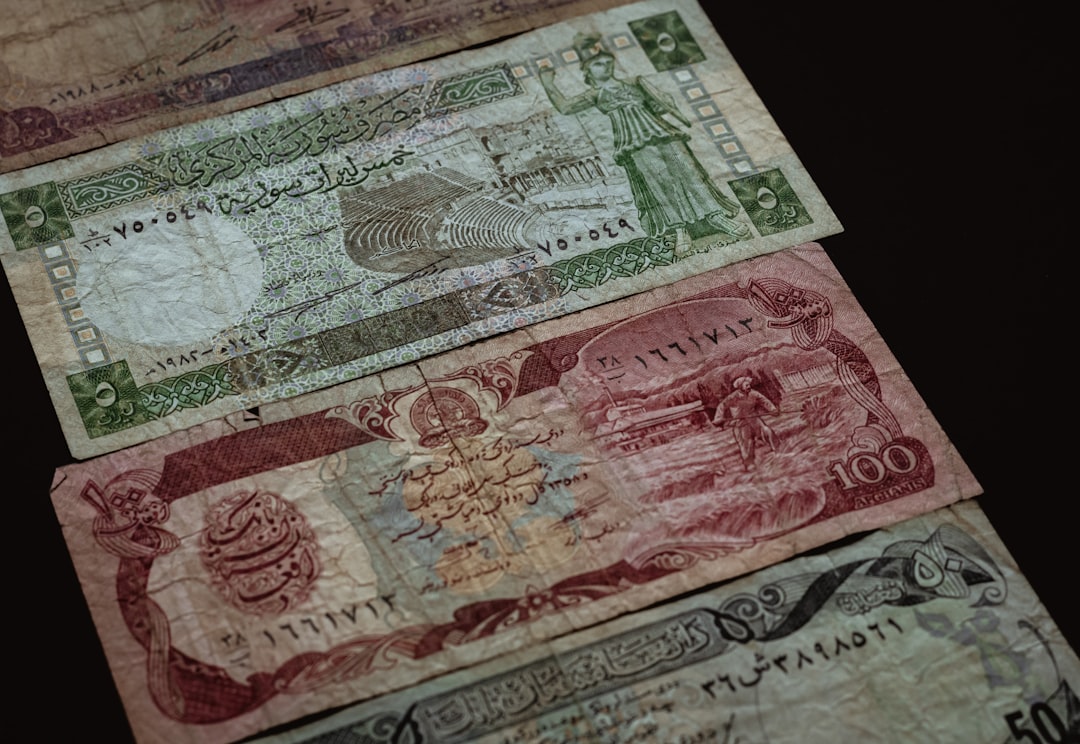In the intricate web of international finance, global reserve currencies play a pivotal role in shaping economic interactions between nations. These currencies are held in significant quantities by governments and institutions as part of their foreign exchange reserves, serving as a buffer against economic instability and a means to facilitate international trade. When you think about global reserve currencies, the US dollar often comes to mind, but the landscape is far more complex.
Understanding the dynamics of these currencies is essential for grasping how they influence global trade, investment, and economic policy. The concept of a global reserve currency is not merely a financial abstraction; it has real-world implications for countries and their economies. A reserve currency provides liquidity, stability, and trust, allowing nations to engage in trade without the constant worry of currency fluctuations.
As you delve deeper into this topic, you will discover how historical events, economic policies, and geopolitical shifts have shaped the current landscape of global reserve currencies and what this means for the future.
Key Takeaways
- The US dollar has been the dominant global reserve currency since the end of World War II, but its status is facing increasing challenges.
- Potential contenders for global reserve currency status include the euro, the Chinese yuan, and digital currencies like Bitcoin.
- Emerging economies are playing an increasingly important role in shaping the future of global reserve currencies, as their economic power grows.
- Geopolitical shifts, such as the rise of China and the decline of US influence, are impacting the future of global reserve currencies.
- Central banks will continue to play a crucial role in shaping the future of global reserve currencies, as they make decisions on currency reserves and monetary policy.
The Role of the US Dollar as the Current Global Reserve Currency
The US dollar has long held the title of the world’s primary reserve currency, a status that has been solidified since the Bretton Woods Agreement in 1944. This agreement established a new international monetary order, linking currencies to the dollar, which was in turn pegged to gold. As you explore this history, it becomes clear that the dollar’s dominance is not just a matter of economic strength; it is also a reflection of political stability and military power.
You may wonder why the dollar remains so entrenched in its position despite the emergence of other currencies. One reason is the extensive network of trade agreements and financial systems that rely on the dollar for transactions.
When you consider that a significant portion of global trade is conducted in dollars, it becomes evident that this currency’s influence extends far beyond American borders. Additionally, the trust in US institutions and the relative stability of its economy further reinforce the dollar’s status as a safe haven during times of uncertainty.
Challenges to the US Dollar’s Dominance

Despite its long-standing supremacy, the US dollar faces several challenges that could threaten its position as the world’s leading reserve currency. One major concern is the increasing national debt and fiscal policies that some critics argue could undermine confidence in the dollar. As you analyze these factors, you may find yourself questioning whether the US can maintain its economic leadership in an era marked by rising inflation and budget deficits.
Moreover, geopolitical tensions have led some countries to seek alternatives to the dollar for international transactions. Nations like China and Russia have been vocal about their desire to reduce their reliance on the dollar, particularly in light of sanctions and trade disputes. This shift could potentially lead to a gradual erosion of the dollar’s dominance as countries explore bilateral trade agreements and alternative currencies for transactions.
As you consider these developments, it becomes clear that the landscape of global finance is evolving, and the dollar’s future may not be as secure as it once seemed.
Potential Contenders for Global Reserve Currency Status
| Country | GDP (in trillion USD) | Foreign Reserves (in billion USD) | Gold Reserves (in metric tons) |
|---|---|---|---|
| United States | 21.43 | 1435 | 8133.5 |
| China | 14.34 | 3100 | 1948.3 |
| European Union | 15.18 | 850 | 10072.1 |
| Japan | 5.15 | 1300 | 765.2 |
As you look beyond the US dollar, several contenders have emerged that could challenge its supremacy in the coming years. The euro, for instance, represents a significant alternative, backed by one of the largest economies in the world—the European Union. The eurozone’s collective economic strength and political cohesion lend credibility to the euro as a potential reserve currency.
However, you might also recognize that internal divisions within the EU can pose challenges to its stability and acceptance on a global scale. Another potential contender is the Chinese yuan, which has gained traction in recent years as China continues to expand its influence in global trade. The Belt and Road Initiative and China’s growing economic partnerships with various countries have positioned the yuan as a viable alternative for international transactions.
However, you may also note that concerns about China’s transparency and regulatory environment could hinder its acceptance as a global reserve currency. As you explore these contenders further, you’ll see that while they present opportunities for diversification in global reserves, they also come with their own set of challenges.
The Rise of Digital Currencies and their Impact on Global Reserves
In recent years, digital currencies have emerged as a transformative force in the financial landscape. Cryptocurrencies like Bitcoin and Ethereum have garnered significant attention, but central bank digital currencies (CBDCs) are also gaining traction among governments worldwide. As you consider this rise in digital currencies, it’s essential to understand how they could impact traditional reserve currencies.
CBDCs, in particular, have the potential to reshape monetary policy and cross-border transactions by providing a more efficient means of transferring value. You might find it intriguing that some countries are exploring digital currencies as a way to enhance their financial sovereignty and reduce reliance on established reserve currencies like the US dollar. For instance, China’s digital yuan aims to facilitate domestic transactions while also positioning itself as a competitor on the global stage.
As you delve deeper into this topic, you’ll see that while digital currencies offer exciting possibilities for innovation and efficiency, they also raise questions about regulation, security, and trust—factors that are crucial for any currency aspiring to become a global reserve.
The Role of Emerging Economies in Shaping the Future of Global Reserve Currencies

Emerging economies are increasingly playing a significant role in shaping the future landscape of global reserve currencies. Countries like India, Brazil, and South Africa are not only growing economically but are also seeking greater representation in international financial institutions. As you examine these developments, you’ll notice that these nations are advocating for a more multipolar world where no single currency dominates.
The rise of these emerging economies presents both opportunities and challenges for existing reserve currencies. On one hand, their growth can lead to increased demand for alternative currencies as they expand their trade networks and seek to diversify their reserves. On the other hand, you may also recognize that these nations face their own economic hurdles and political instability that could hinder their ability to establish a new global reserve currency.
As you reflect on this dynamic interplay between emerging economies and established powers, it becomes clear that the future of global reserves will be shaped by a multitude of factors.
The Impact of Geopolitical Shifts on Global Reserve Currencies
Geopolitical shifts have always influenced the status of global reserve currencies, and current events are no exception. As tensions rise between major powers—such as the United States and China—the implications for reserve currencies become increasingly pronounced. You may find it noteworthy that sanctions imposed by one country can lead others to seek alternatives to avoid exposure to potential economic fallout.
For instance, recent geopolitical conflicts have prompted some nations to explore trade agreements that bypass traditional reserve currencies altogether. This trend could lead to a fragmentation of the global financial system as countries prioritize their own interests over established norms. As you consider these geopolitical dynamics, it’s essential to recognize how they can reshape alliances and influence currency preferences on a global scale.
The Role of Central Banks in Shaping the Future of Global Reserve Currencies
Central banks play a crucial role in determining which currencies are held as reserves by governments around the world. Their policies regarding interest rates, inflation control, and foreign exchange interventions can significantly impact currency values and perceptions of stability. As you explore this topic further, you’ll see how central banks are increasingly considering diversification strategies to mitigate risks associated with holding large amounts of any single currency.
Moreover, central banks are also at the forefront of discussions surrounding digital currencies and their potential integration into existing monetary systems.
This proactive approach could influence how reserve currencies evolve in response to technological advancements and changing economic landscapes.
The Potential for a Multipolar Reserve Currency System
As you contemplate the future of global reserve currencies, one possibility is the emergence of a multipolar reserve currency system. In such a scenario, multiple currencies coexist as viable options for reserves rather than relying solely on one dominant currency like the US dollar. This shift could provide greater stability by reducing dependence on any single currency while allowing countries more flexibility in managing their foreign exchange reserves.
However, achieving a multipolar system is not without its challenges. You may recognize that coordination among various nations would be necessary to establish trust and acceptance for multiple reserve currencies. Additionally, concerns about volatility and liquidity would need to be addressed to ensure that these currencies can effectively serve their purpose in international trade and finance.
Implications for Global Trade and Finance
The evolution of global reserve currencies has far-reaching implications for international trade and finance. If alternative currencies gain traction or if digital currencies become widely adopted, you might see significant changes in how transactions are conducted across borders. For instance, businesses may find themselves navigating new payment systems or adjusting pricing strategies based on fluctuating exchange rates among multiple reserve currencies.
Furthermore, shifts in reserve currency dynamics could impact investment flows and capital markets as countries reassess their strategies for holding foreign assets. You may also consider how these changes could affect emerging markets seeking access to international capital or established economies grappling with inflationary pressures tied to their reliance on specific currencies.
The Path Forward for Global Reserve Currencies
As you reflect on the complex landscape of global reserve currencies, it becomes evident that we are at a crossroads marked by uncertainty and opportunity. The US dollar’s dominance faces challenges from emerging economies, geopolitical shifts, and technological advancements like digital currencies. While it remains to be seen which currency or combination of currencies will emerge as dominant players in this evolving landscape, one thing is clear: adaptability will be key.
The future of global reserve currencies will likely be shaped by collaboration among nations seeking stability while navigating an increasingly interconnected world. As you consider your own perspective on this topic, remember that understanding these dynamics is essential not only for policymakers but also for businesses and individuals alike who operate within this complex financial ecosystem. The path forward may be uncertain, but it promises to be an exciting journey filled with possibilities for innovation and change.
The future of global reserve currencies is a topic of significant interest as the world economy continues to evolve. With the rise of digital currencies and shifting economic power dynamics, the traditional dominance of the U.S. dollar is being questioned. An insightful article that delves into these changes can be found on Hey Did You Know This, which explores the potential shifts in global financial systems and the implications for reserve currencies. For a deeper understanding, you can read more about it in this related article.
WATCH IT HERE! 💰 The Secret History of the Dollar: How Oil Replaced Gold (The Petrodollar Mystery)
FAQs
What are global reserve currencies?
Global reserve currencies are currencies that are held by central banks and other major financial institutions as part of their foreign exchange reserves. These currencies are used for international trade and investment, and are considered to be stable and widely accepted.
What are the current global reserve currencies?
The current global reserve currencies are the US dollar, the euro, the Japanese yen, the British pound, and the Chinese yuan. The US dollar has been the dominant global reserve currency for many decades.
What is the future of global reserve currencies?
The future of global reserve currencies is uncertain, as there are several factors that could potentially impact the dominance of the US dollar. These factors include the rise of emerging economies, geopolitical shifts, and the increasing use of digital currencies.
What are the potential contenders for global reserve currency status?
The Chinese yuan is often cited as a potential contender for global reserve currency status, given China’s growing economic influence. Other potential contenders include digital currencies such as Bitcoin and central bank digital currencies (CBDCs).
How could digital currencies impact the future of global reserve currencies?
Digital currencies could potentially impact the future of global reserve currencies by offering a more efficient and secure means of conducting international transactions. However, there are also concerns about the stability and regulation of digital currencies.
What are the implications of a shift in global reserve currencies?
A shift in global reserve currencies could have significant implications for global trade, investment, and financial markets. It could also impact the geopolitical balance of power and the role of major economies in the global economy.
